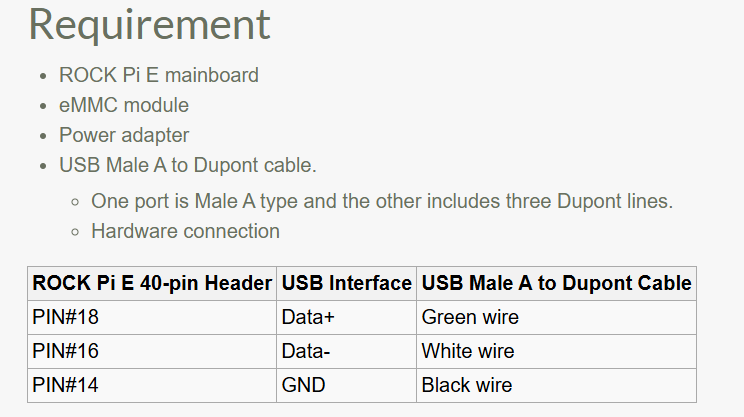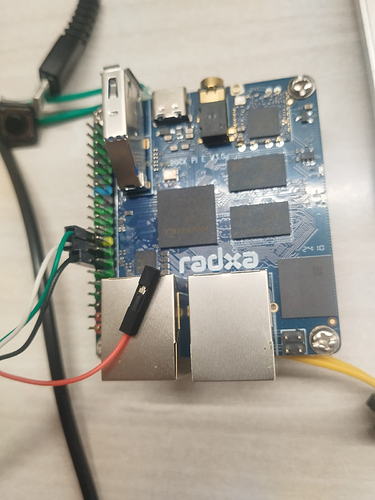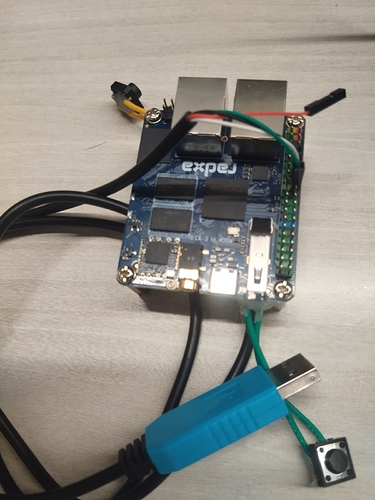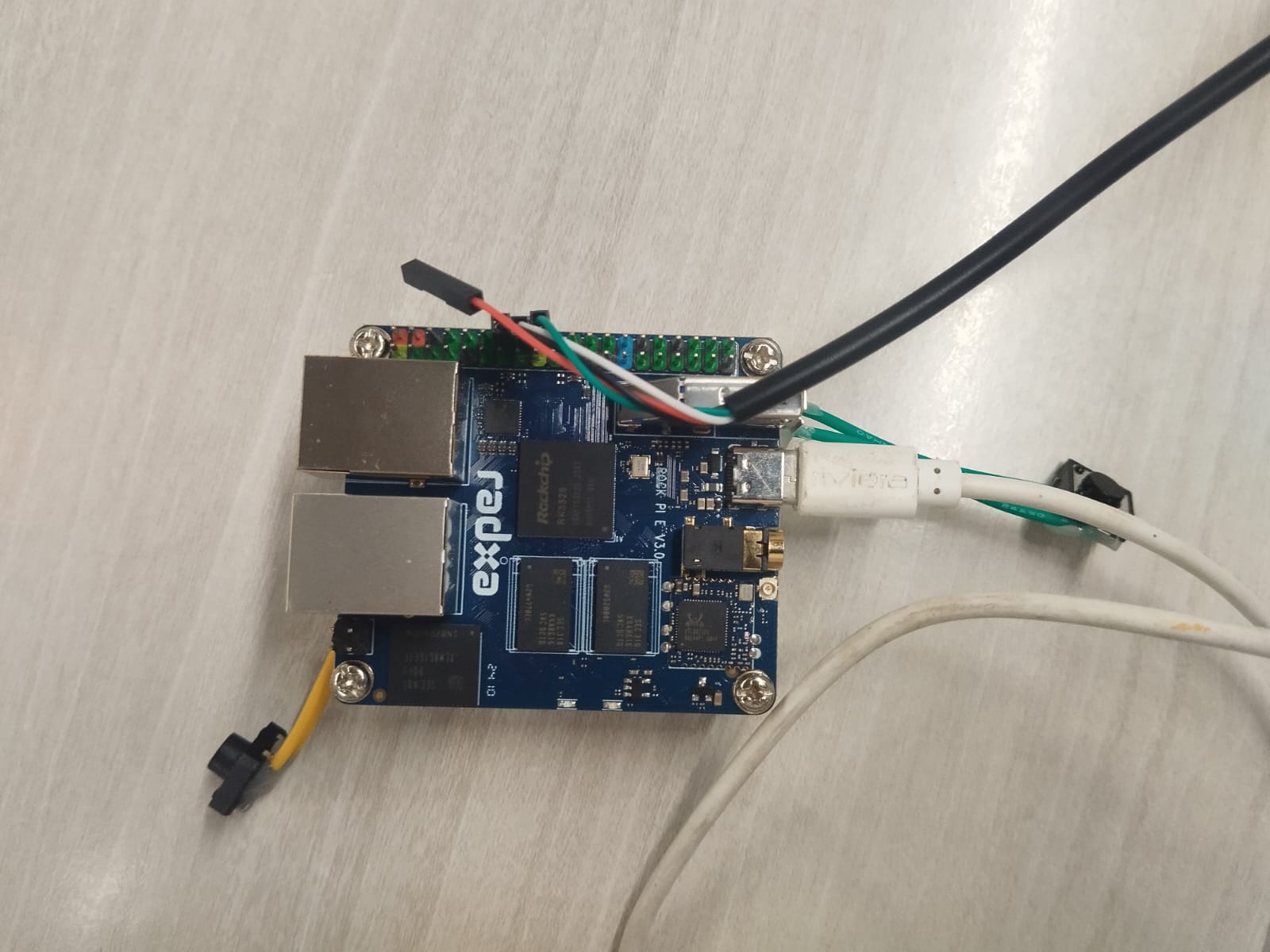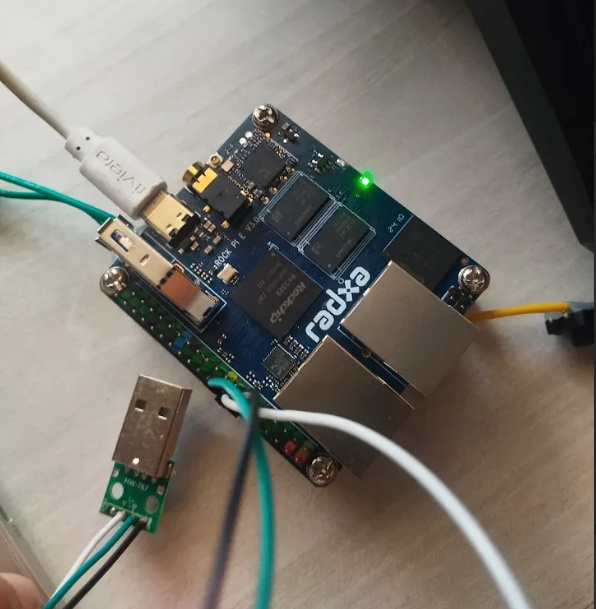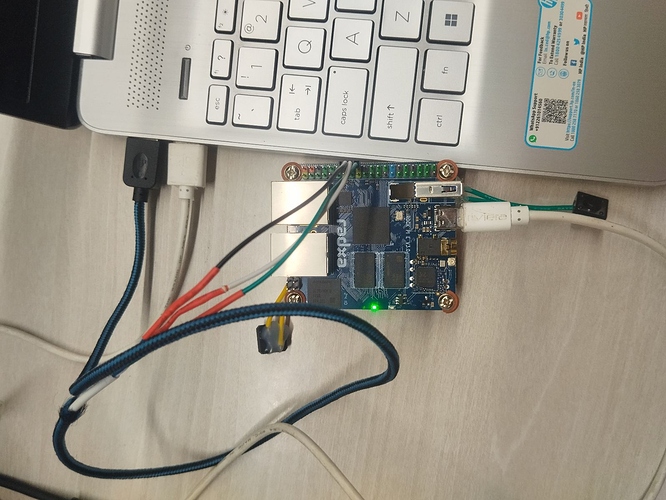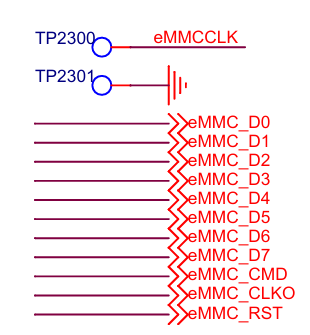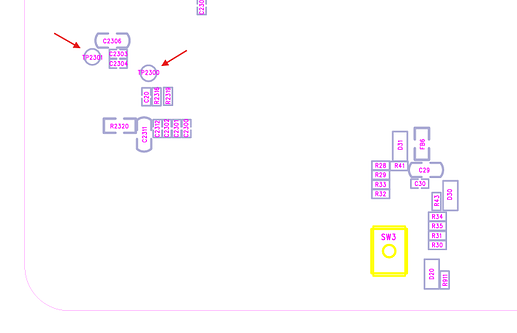Hi all,
I’m currently working with a ROCK Pi E Version V3.00 , which has embedded eMMC . I’m trying to put it into maskrom mode using a USB Male A to Dupont cable , based on the instructions from https://wiki.radxa.com/RockpiE/dev/usb-install#Boot_the_board_to_maskrom_mode link (which appears to be for ROCK Pi E V1.21 ):
My board (V3.00) also has recovery and reset buttons
It would be great helpful if anyone could share the correct procedure or point me to any official documentation specifically for the ROCK Pi E V3.00 regarding how to enter maskrom mode .
Thanks in advance for your support!
